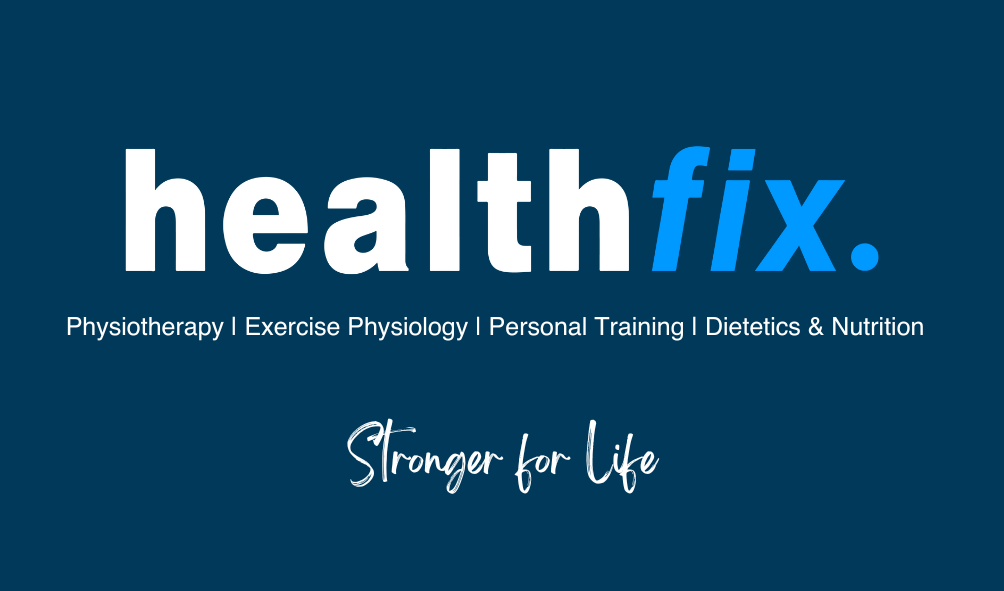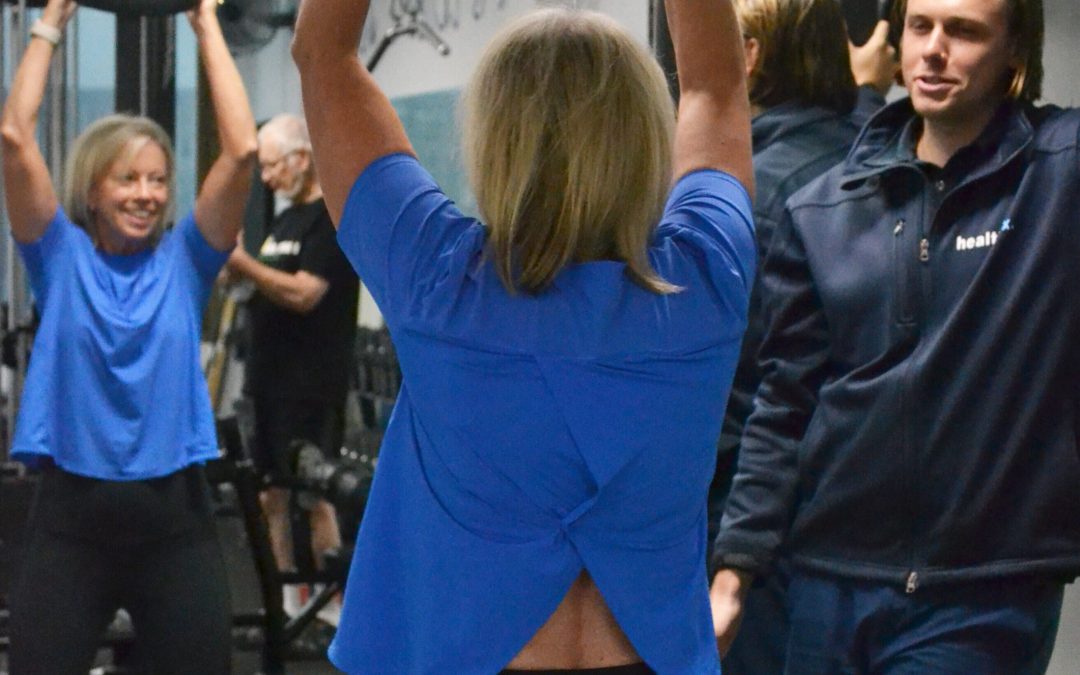
by admin | Latest News, Promotions
By Jonathan Chellas, Senior Exercise Physiologist May is Osteoarthritis Awareness Month — and there’s no better time to take charge of your hip or knee health. Osteoarthritis (OA) affects 1 in 5 Australians over 45, and can cause pain, stiffness, and...

by Ash Cooney | About Healthfix
At Healthfix, our mission is to empower you for a healthier life. We understand that chronic diseases and recurring issues often lead people to use physiotherapy and healthcare as temporary fixes.Whether you’re managing a career, family, or personal health...

by Ash Cooney | About Healthfix, Physiotherapy
At Healthfix, we believe that strength training is an integral part of recovery from injury, not just an activity for the already fit. Healthfix Strength Philosophy Our philosophy is grounded in the idea that rehabilitation should seamlessly transition into...

by admin | Latest News, Personal Training
At Healthfix, we understand that embarking on a fitness journey can sometimes be challenging, especially when results seem elusive. But fear not – progress is a process, and it follows a unique order. Today, we’re breaking down the sequence of results based on...

by admin | Latest News, Promotions
Are you ready to embark on a transformative journey to a healthier, stronger, and revitalised version of yourself? Healthfix is delighted to introduce the New Year Challenge, our 8-Week Reboot. The Reboot is a powerful program designed to cater to diverse health needs...






